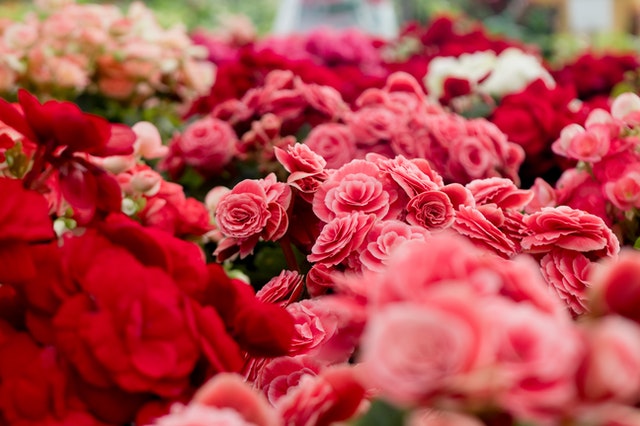Cricket fans all over the world are eagerly awaiting one of the most entertaining live T20 tournaments, which begins on August 26. The ninth edition of the CPL 2021 will, without a doubt, offer some fantastic cricket with 33 matchups at Saint Kitts and Nevis.
With seasoned players out to showcase their prowess, let’s take a look at the all-rounders in the Caribbean Premier League 2021 fans are waiting to watch in action.
CPL 2021 Best All-rounders to watch in Action
This list outlines some of the best all-rounders in CPL 2021. It does not list the players in any chronological order, though. Instead, it is based on their abilities, talent, and the quality of cricket they have displayed. These all-rounders are undoubtedly changing the game this season.
Jason Holder
The Barbados Tridents skipper is a star to watch out for. As the Tridents defend their title this season, high-impact all-rounders like Holder hold the key to their success. Holder’s brilliance in the bat and ball will come in handy. He has led his team to a title before, and his performance has proved he has the power to turn a match around through orthodox strategy. He has scored 192 runs from ten innings with a strike rate of 140.14. He also holds ten wickets from ten innings this season.
Dwayne Bravo
The former TKR all-rounder will play for St Kitts and Nevis this season in one of the biggest announcements ahead of the CPL 2021. After running a great campaign at TKR, the news has come as a shock to many, but Dwayne will be a great asset at St Kitts and Nevis as he looks to groom the youngsters in the franchise.
The talented all-rounder has not had a good season in 2020, which saw him getting more injured, keeping him out of the game. Nonetheless, he picked up nine wickets from nine innings at the economy rate of 7.50.
Andre Russell
Jamaica Tallwah’s Andre Russel is one of the high-profile all-rounders who the franchise has retained. This pure match-winner has displayed his bowling and batting ability with brilliance. In the 2020 edition, he made 222 runs from eight innings with a batting average of 44.40 and a strike rate of 141.40. With his ability to play game-changing innings, he played in 59 innings and scored 1331 runs with the bat in hand. In addition, he has accumulated 6225 and scalped 325 wickets in 369 T20Is.
Kieron Pollard
Donning the Trinbago Knight Riders Jersey this season, fans are eager to see what he has in store after an impressive 2020 season. Pollard exuded confidence throughout the tournament last season and showed his prowess with the bat and ball as he helped TKR walk away with the title with 207 runs from seven innings with an astounding strike rate of 204.95. He holds 297 wickets with an economy of 8.20 with a batting average of 31.68 in the shortest format.
The title-winning skipper has power-hitting skills under his bat, and he will make an interesting watch in this upcoming season.
Carlos Brathwaite
Promising to bring the firepower to the CPL 2021 action is Brathwaite, who Jamaica Tallawahs team have retained. Looking to run a strong campaign after their semi-final defeat by TKR this season, the right-handed medium-paced all-rounder will be an important member of the Tallawahs. In the 2020 edition, Carlos played in ten innings with the ball in hand and picked up ten wickets with an economy rate of 8.20.
Roston Chase
Chase, who was quite handy in the 2020 edition, will be making a comeback this season, playing for the newly rebranded St Lucia Kings. The all-rounder was outstanding with the bat and with the ball. He bowled in nine innings and took nine wickets with an economy rate of 4.65 made in the innings. The skilled right-hander was also impressive with the bat in hand as he made 225 runs from the nine batting innings scoring runs at an average of 37.50. He is definitely one of the all-rounders in the Caribbean Premier League 2021 to watch out for.
Stay tuned to Pure Win for more exciting sports news and up-to-date info on the Caribbean Premier League 2021.




